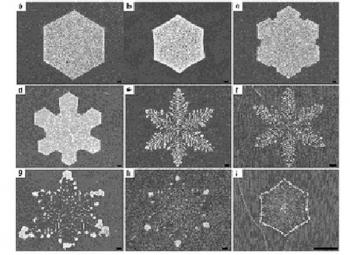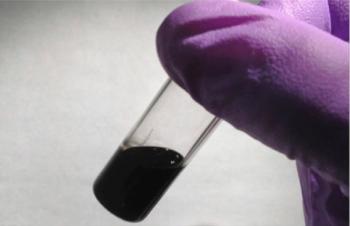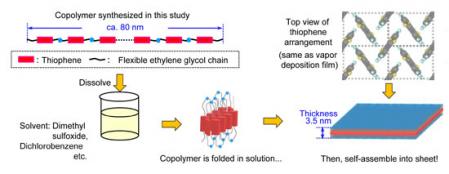New graphene based electrode can quickly detect the presence of a dangerous food dye
Researchers from China's Xinyang Normal University developed a new titanium dioxide-modified graphene electrode that can detect the electrochemical signals of Orange II. This material, commonly used in OLEDs, wood stains and the textiles industry is sometimes illegally used to add red color to food, even though it is highly toxic.
The researchers say that their electrode detected nanomolar concentrations of Orange II in ketchup and chili product samples. Current Orange II detection techniques, such as chromatography-mass spectrometry and polarography, require complicated instrumentation and are time consuming and unsuitable for in situ analysis.




